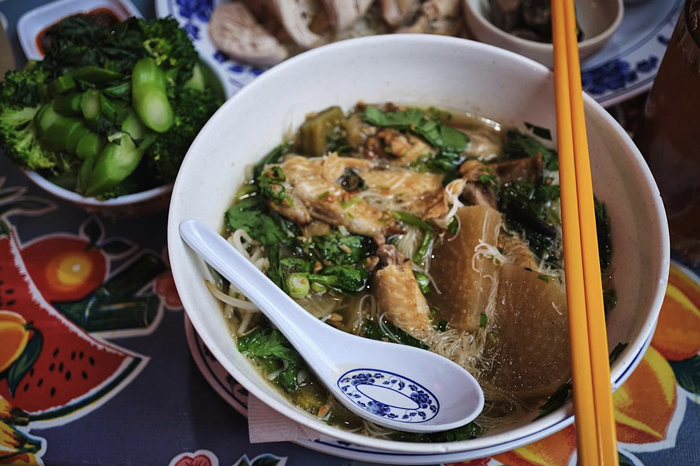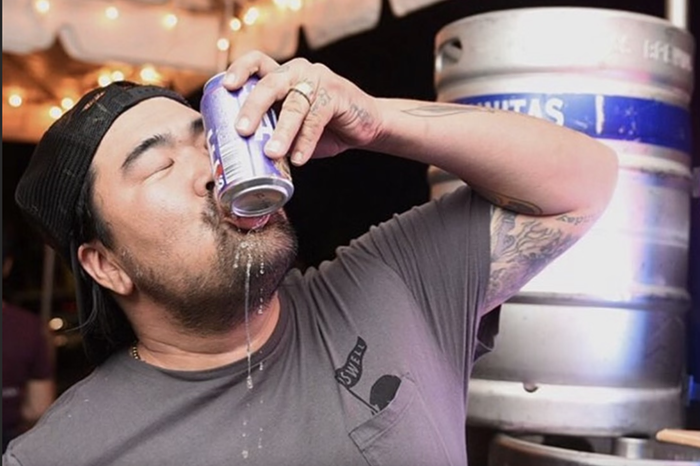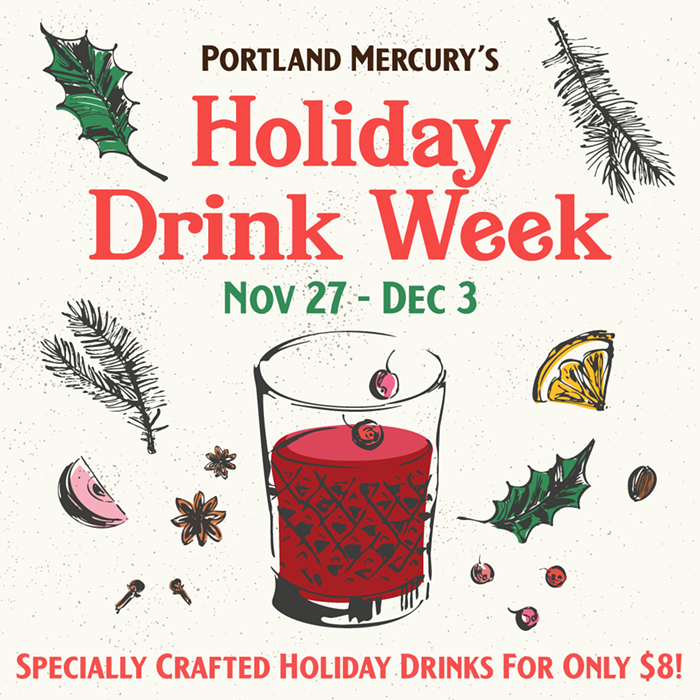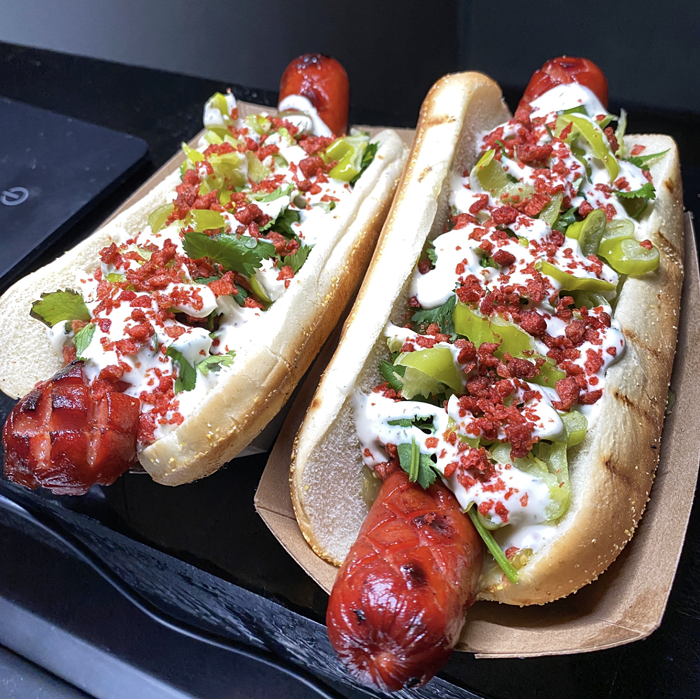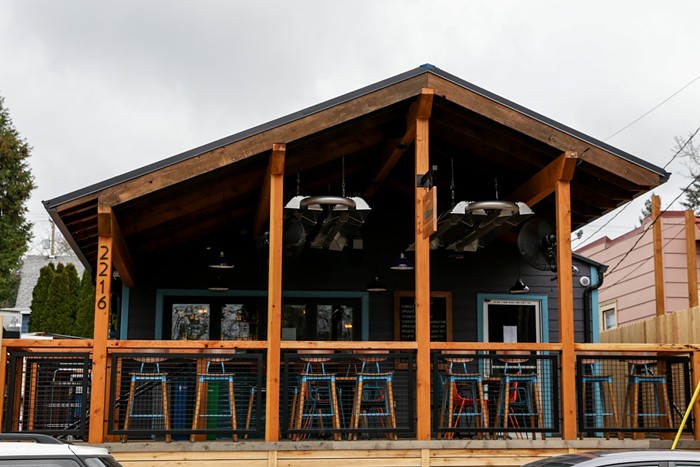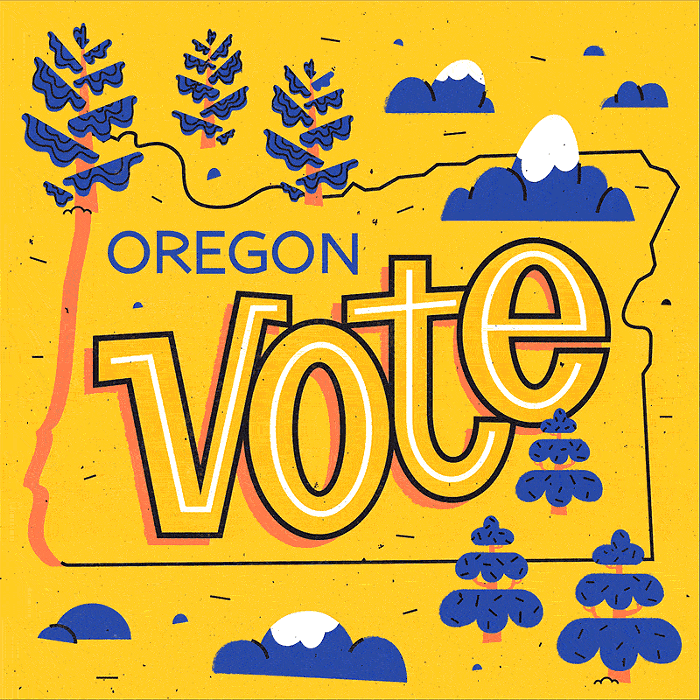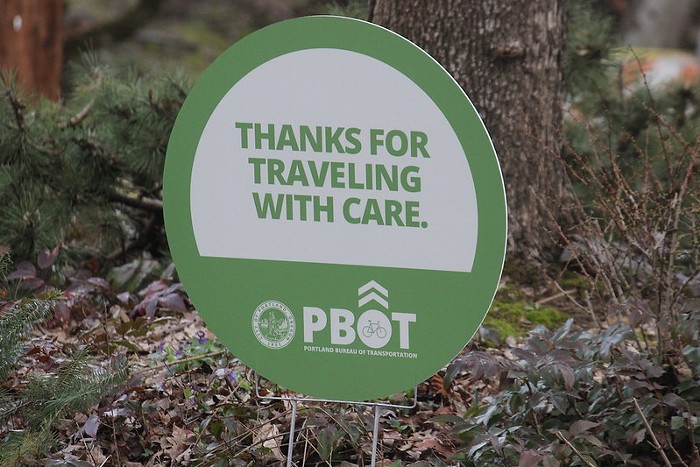The Dodo Takes Flight
Shyam Dausoa’s Chez Dodo Empire Expands to Airport
Skin Is In
From Chicken Skins to Chicharrones, Here’s the Best Places to Get Your Skin Fix
Infusing Their Roots
Portland Chefs in American-Style Restaurants Are Returning to the Food of their Heritage
Where Foodies Take Their Kids
Looking for Children-Friendly Restaurants that Won’t Murder Your Taste Buds? Here Ya Go.
Pies of PDX
Local Places that Will Make You Say, “That’s Some Damn Fine Pie.”
Hop to It
A Brief History of How Oregon Became the Land of Hops
Go Greek: An Odyssey of Eats
Once Prominent, Portland’s Greek Restaurants Are Harder to Find
Every year at about this time, hop plants busily emerge from warming soils, and soon, eager bines thigmotropically search for their anchoring strings. The spiny shoots grab on for dear life, then they growgrowgrow. Oregon is one of the world’s nicest places to be a hop.
It’s common knowledge that Oregon is one of the nation’s leaders in craft beer production—but why is that? There are three reasons: we have very clean water, we produce a lot of grain, and we’re one of the few places in the world where hops are grown commercially. The Pacific Northwest is second only to Germany in the production of hops.
Hop production began in the Willamette Valley in the 1850s, and by the 1890s, the area was considered the “greatest hop district in the world.” “Ever since the production of my second crop of hops I’ve had an abiding faith in the ultimate successful outcome of hop growing,” wrote one optimistic hop farmer in 1894, gushing that Portland’s reigning beer baron was impressed with the hops’ quality. “Henry Weinhard... showed his faith in their worth by purchasing his supply of hops for his brewery from me for 14 consecutive years following.”
As Oregon’s hops industry rapidly grew to tens of thousands of acres, farmers clamored for enough hands to pick them before the rainy season would ruin the crop. Newspapers all over the state ran desperate “help wanted” ads.
Native Americans, African Americans, and German and Chinese immigrants (who were the two most populous immigrant groups in Portland at the turn of the last century) were hired as seasonal laborers to pick hops, arriving by bus and train from all over the state. German pickers were often valued by hops field owners by dint of their cultural affinity for the crop, whereas Chinese laborers were reportedly valued for their perceived speed and stamina.
Most Oregonians tend to know very little about the history of Chinese labor in the state (particularly in salmon canneries) and the role the Chinese have played in forming our state’s culinary identity. Chinese workers were not only hired for picking hops during the harvest season, but a few were also the farmers growing the hops. Farmers Ah Coe and Ming Kee leased land for the production of hops in the early 1900s, when it was still illegal for Chinese people to own property in Oregon.
The role of Chinese people in the history of Oregon’s hop farms has recently been the focus of a new project by Oregon Humanities. In a collaborative multimedia series called This Land, Oregon Humanities highlights the lives and roles of Oregon’s communities of color with respect to land rights. One project included in This Land, titled “Bitter Harvest,” is a collaboration between essayist Putsata Reang and filmmaker Ivy Lin, revealing insights about Oregon’s Chinese hop farmers in the early 1900s.
“Despite a daunting set of circumstances, many of the state’s Chinese immigrants were among the laborers who persisted and helped launch Oregon’s early momentum in the hop industry,” writes Reang. “Daunting” is putting it mildly; the work of growing and harvesting hops was not only grueling and fast-paced, but the Chinese farmers and pickers faced discrimination and, in many cases, acts of brutality. In 1893, whites drove around 60 Chinese hops farmers out of Butteville, Oregon, and blew up their homes. This came less than a decade after three Chinese hop pickers were murdered (and four others injured) in their sleep in Squak Valley, Washington (now Issaquah).
Despite the hardships they faced, at least two family hop farms, notably those owned by Ming Kee and Ah Coe, flourished. And one farmer, Hop Lee, was even able to own the land on which he grew his hops, because his Chinese American wife had been born in California and was a US citizen. Success stories like these drive “Bitter Harvest.”
As a Chinese American, filmmaker Ivy Lin has a unique perspective on the history that has driven her work, but nonetheless found the stories eye-opening. “I was very surprised to see people of all ethnicities came together like one happy family for hop harvests every year in the early 1900s,” she said. “These two Chinese farmers were running the hop yards and being the boss during the Chinese Exclusion Act!”
The history of Oregon’s beer is interwoven with the history of Chinese Oregonians. For the innumerable Chinese American farmers and hop pickers whose names we don’t remember, the “Bitter Harvest” project aims to reclaim that otherwise lost history.
Interested in viewing “Bitter Harvest” and learning more about the history of Chinese hop farmers in Oregon? A free screening and panel discussion with Ivy Lin and Putsata Reang; Tiah Edmunson-Morton, Oregon Hops and Brewing Archives curator; Betty Jean Lee, granddaughter of farmer Ah Coe; David Wagner, family friend of farmer Ming Kee; and Patrick Harris, executive director of the Old Aurora Colony Museum, will be held at the Kennedy School on Wednesday, May 3 at 7 pm (doors at 6 pm). To learn more about the history of hops in Oregon, check out Peter Kopp’s book, Hoptopia: A World of Agriculture and Beer in Oregon’s Willamette Valley.
